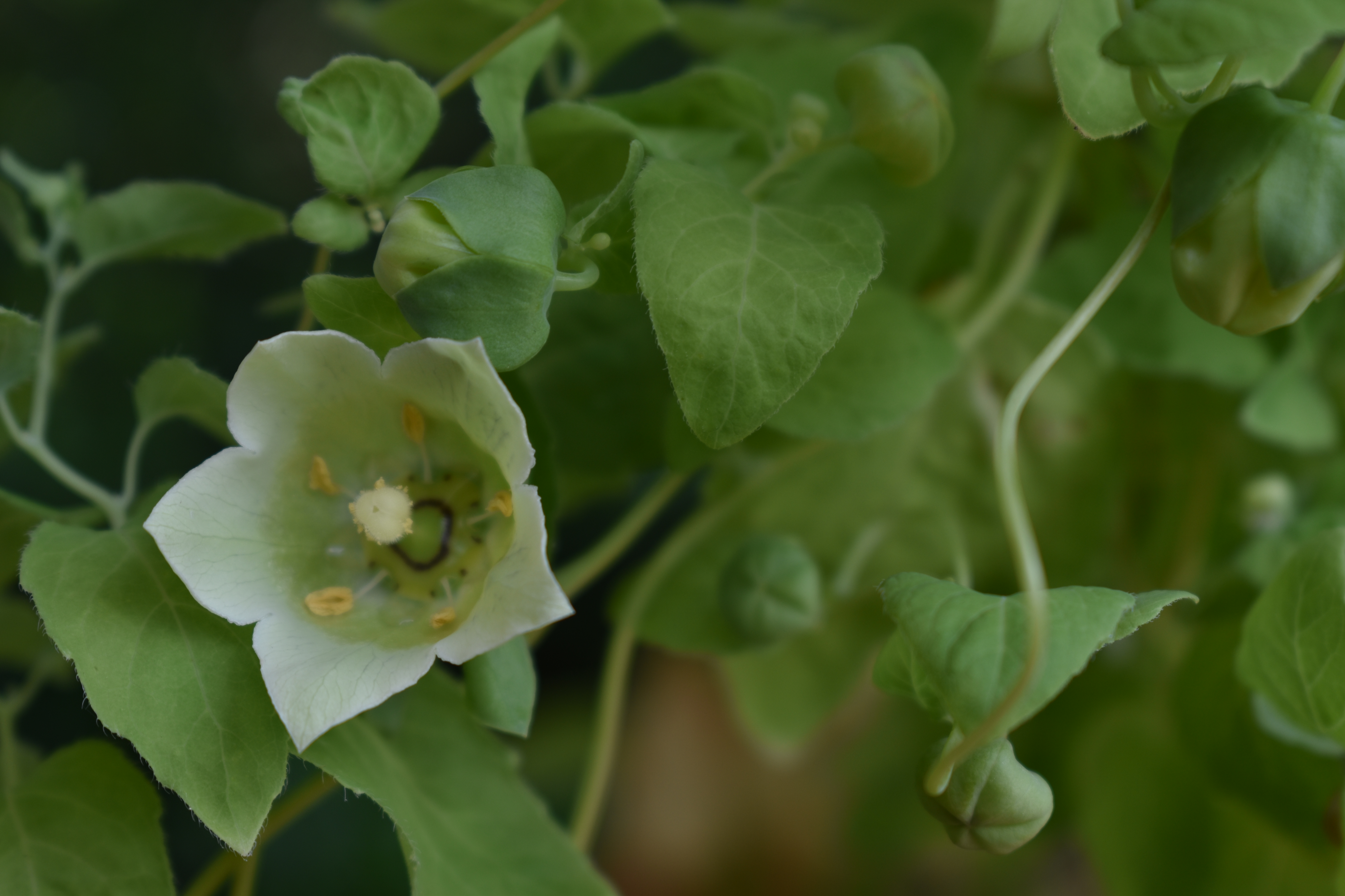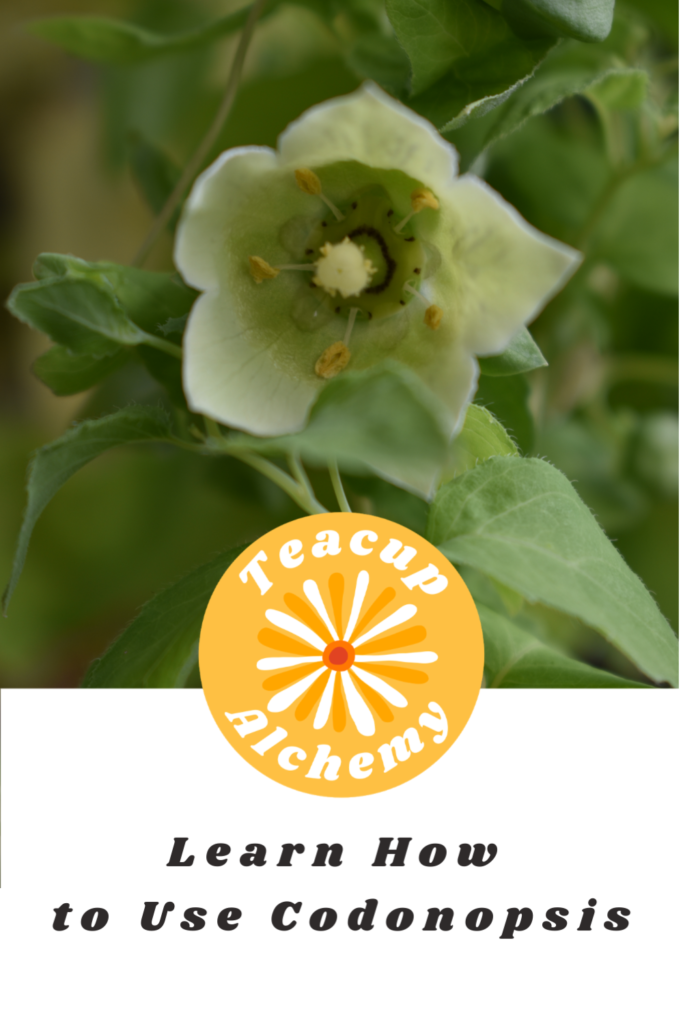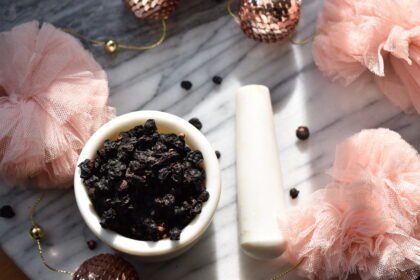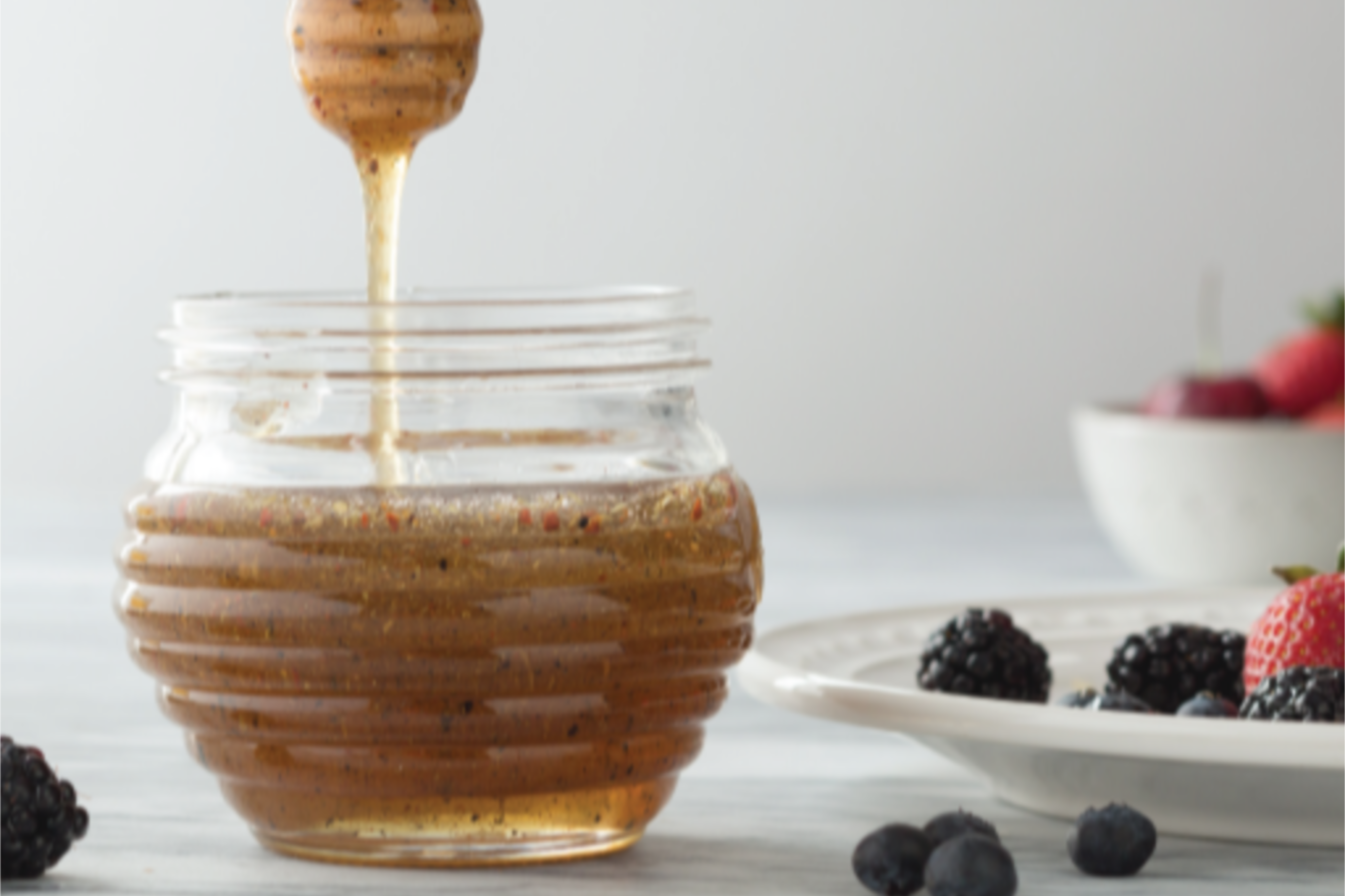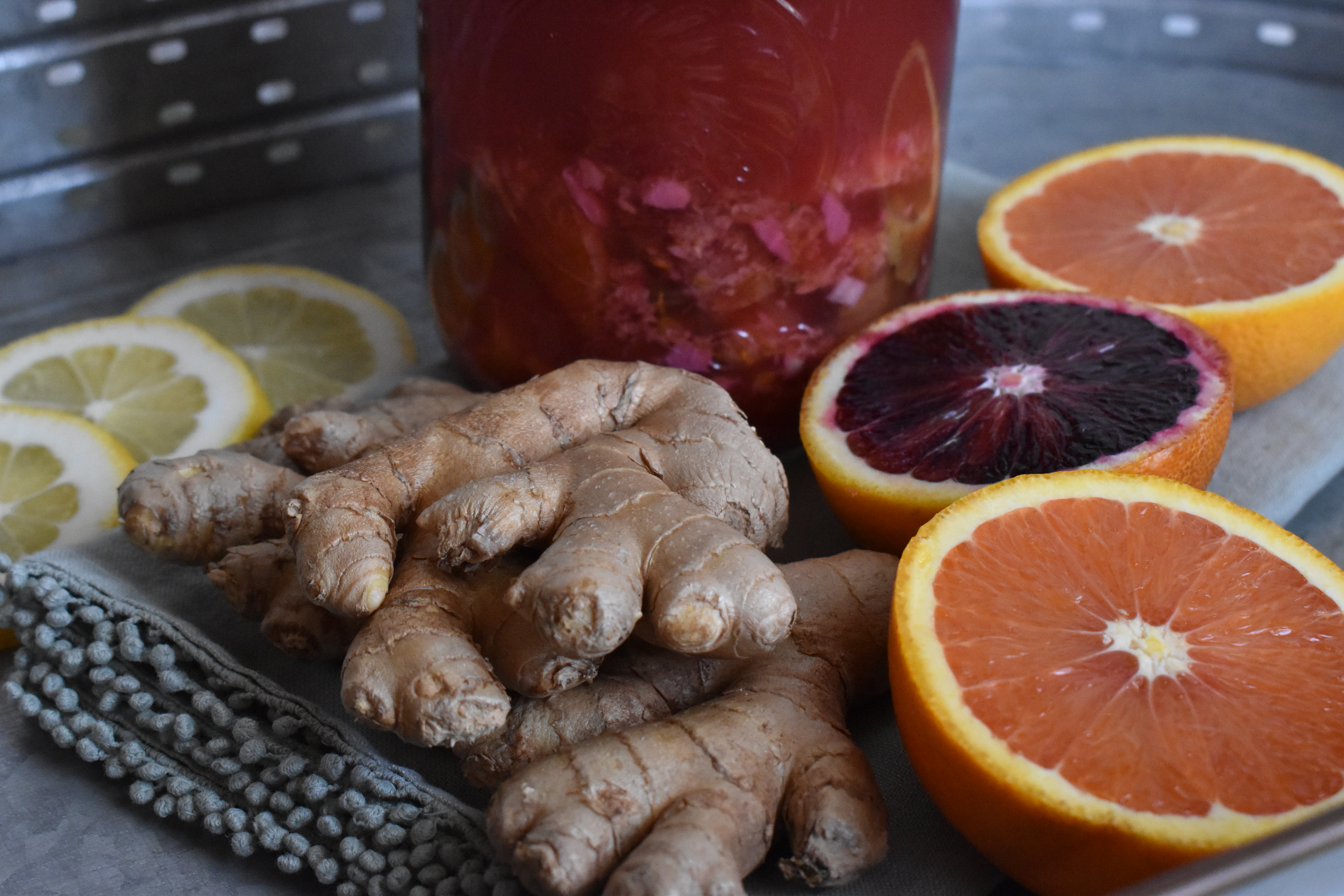Dang Shen, or Codonopsis pilosula, is an adaptogen that nourishes. Codonopsis was first used in Traditional Chinese medicine. Understanding how an herb is used traditionally helps modern home herbalists get better results, so this article will focus on a TCM perspective as we examine how it can be used by modern herbalists.
An Overview of Codonopis
This herb is in the Bellflower, or Campanulaceae family. It’s a perennial herb that’s easy to grow from seed and is quite happy as a container plant on a shady porch or patio.
It is used in TCM as a Qi tonic, especially for the digestive Qi, via the Spleen, and Lung Qi. In TCM, Lung Qi is intimately associated with immunity.
Codonopsis is demulcent/moistening, neutral (neither warming nor cooling), and has a sweet taste. The roots are used fresh or dried in food, as tea, or in extracts.
Pairing Codonopsis to the Individual
According to TCM, some indications that codonopsis is a good match for an individual include:
- presence of a chronic cough
- feeling short of breath
- lack of appetite
- fatigue and tiredness
- poor digestion with bloating, gas, or frequent diarrhea
Many of these signs can indicate a serious medical condition, so it’s important to consult with a medical professional if they are present.
This herb is also very gentle in supporting individuals suffering from the types of fatigue that result from
- struggling with a long term illness
- recuperating from an injury
- recovering from surgery
- facing long term, severe stress coupled with difficult nutritional circumstances
Modern studies are investigating the ability of this herb to support the immune system and nervous system. Studies are also examining this herb’s anti-inflammatory and hepatoprotective potential. (He, et al. 2015)
Use Codonopsis as a Subsititute for Ginseng
Codonopsis acts like as a milder substitute for ginseng in many cases, but that’s only partly true. This herb has an affinity with the Spleen and Lung meridians, but not the Kidney meridian. Therefore, unlike ginseng, it doesn’t support the Original Qi.
In TCM formulas, it’s often combined with other herbs to make the action more similar to ginseng when it is used as a substitute (Dharmananda, 2007).
However, codonopsis is still a wonderfully nourishing and supportive adaptogen when used alone. It’s less stimulating nature makes it a great choice for individuals who find that ginseng makes them jittery.
Combine Codonopsis with Astragalus
Shen Qi Wan is a TCM formula containing astragalus and codonopsis. Some herbalists like to use 50/50 Codonopsis and Astragalus. Other herbalists prefer more of one or the other, so it’s not set in stone.
It is particularly useful for supporting an individual in a weakened state after childbirth, surgery, or blood loss. You can create an extract or tea of Shen Qi Wan at home. You can even get creative and use it in bone broth or soup recipes.
Seasonal Wellness with Codonopsis
According to herbalist Leslie Tierra, this herb is an excellent choice to combine with diaphoretics for colds and flu if an individual is already in a weakened state. (Tierra, 2003).
As an example, this includes the elderly, the malnourished, or individuals already weakened by chronic illness. Because it has immune support and lung tonic qualities, it’s a good herb to remember during the current pandemic.
How Much to Use
According to herbalist David Winston, you can use 40-80 drops of codonopsis extract up to four times a day. For making tea with the dried roots, use 2-3 teaspoons per 16 oz of water. (Winston, 2007)
When you make tea with herbal roots, it’s important to let them simmer and steep. This is because roots need time to soften and release their beneficial properties.
When making a tea (also known as a decoction) with codonopsis, simmer the dried roots for fifteen minutes. Remove the decoction from the heat and allow the roots to steep for another thirty minutes to an hour.
About Teacup Alchemy
Teacup Alchemy is a learning resource for home herbalists that includes courses, a podcast, and a YouTube channel. It was founded by herbalist Agatha Noveille as a community resource for quality, trusted herbal information. We are reader and listener supported! If you enjoy the articles and podcast, please consider becoming a Patron.
References
He, J. Y., Ma, N., Zhu, S., Komatsu, K., Li, Z. Y., & Fu, W. M. (2015). The genus Codonopsis (Campanulaceae): a review of phytochemistry, bioactivity and quality control. Journal of natural medicines, 69(1), 1–21. https://doi.org/10.1007/s11418-014-0861-9
Dharmanandha, S. (2007). Codonopsis: Medicine and Food. Institute for Traditional Medicine. http://www.itmonline.org/arts/codonopsis.htm
Tierra, L. (2003) Healing with the Herbs of Life. Crossing Press.
A freelance writer and herbalist since 2011, Agatha is dedicated to creating an online reader and listener supported platform supporting her work as an herbalist. Her focus in herbalism includes sustainable agriculture, community wellness and accessibility, and botanical conservation.
